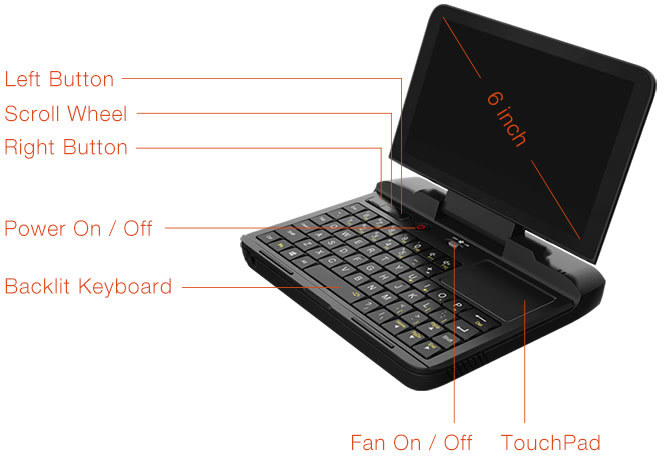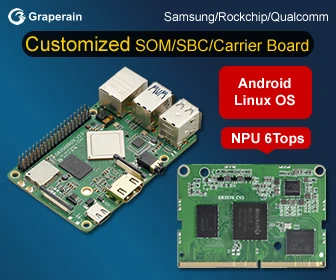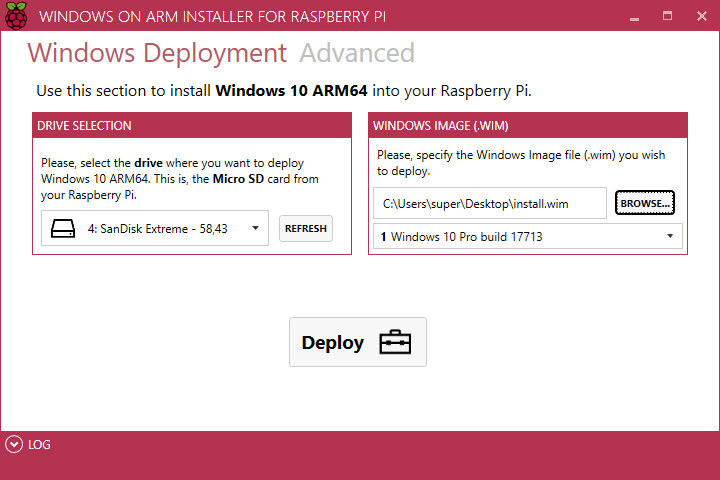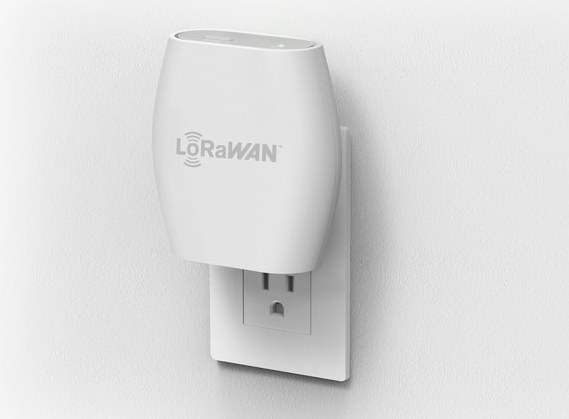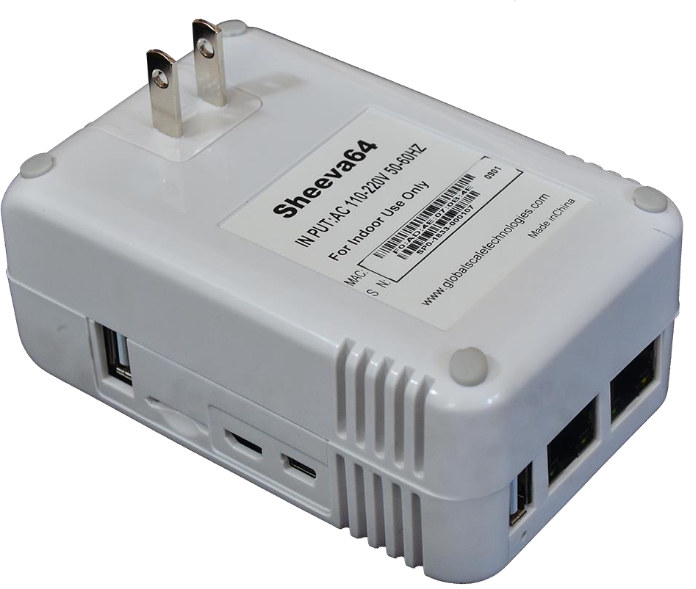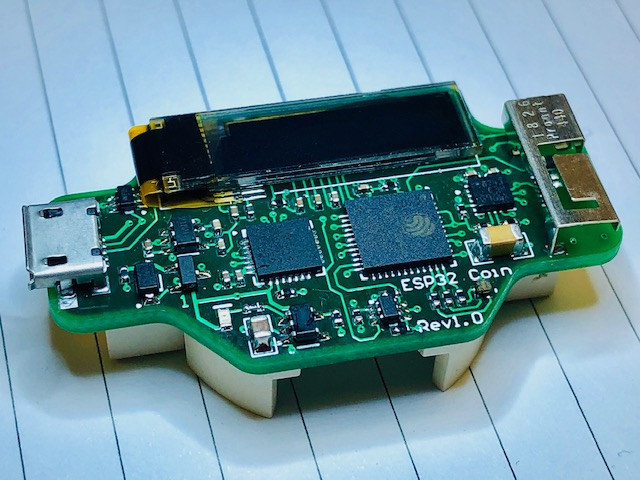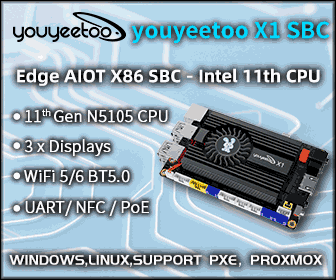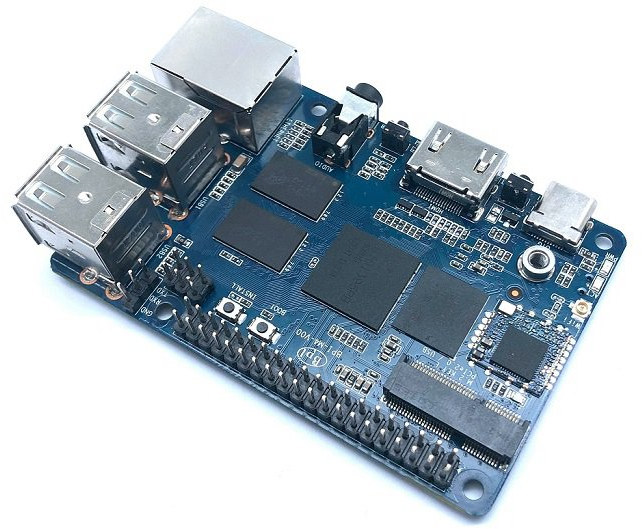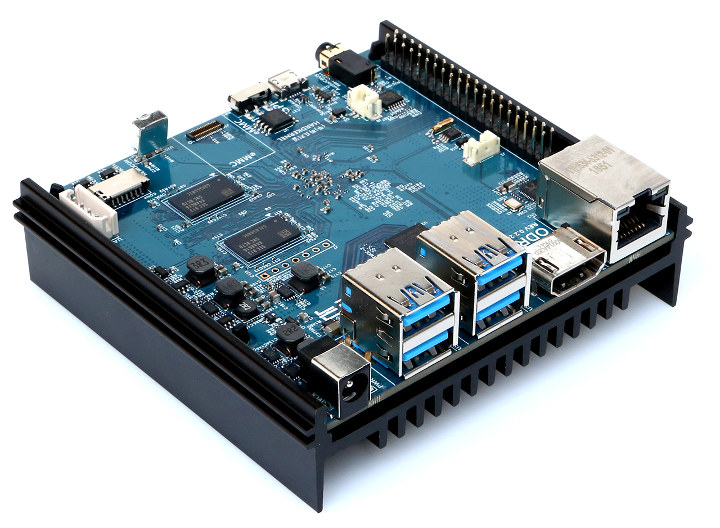I shortly discussed GPD MicroPC, a portable computer specifically designed for for network engineers and sysadmins in a post about the company’s Pocket 2 Amber Black mini laptop, but I did not go into details at the time since it was not available. GPD has now launched a crowdfunding campaign on Indiegogo for the portable Gemini Lake mini PC, where you can pick one of the 2,000 units that are available for $299 including worldwide shipping. GPD MicroPC specifications: SoC – Intel Celeron N4100 quad core Gemini Lake processor with Intel UHD Graphics 600 System Memory – 4GB LPDDR4 Storage – Replaceable 128GB M.2 2242 SATA SSD, micro SDXC card slot Display – 6″ display with 1280×720, Gorilla Glass 4, 178° viewing angle Video Output – HDMI 2.0 up to 4K @ 30 Hz Audio – Built-in microphone, headphone jack, digital audio via HDMI Networking Gigabit Ethernet 802.11 a/b/g/n/ac WiFi […]
Arm Helium Delivers up to 15x Performance Uplift for Machine Learning on Cortex-M MCUs
Arm has just unveiled Armv8.1-M architecture that adds Arm Helium technology, the M-Profile Vector Extension (MVE) for the Arm Cortex-M cores that will improve the compute performance of Cortex-M based microcontrollers. Helium will deliver up to 15 times more machine learning (ML) performance and up to 5 times uplift to signal processing allowing local decision-making on low-power embedded devices. Helium instructions will enable new applications for Arm Cortex-M microcontrollers in audio devices, sensor hubs, keyword spotting, voice command control, power electronics, communications and still image processing. Helium and Neon (the Advanced SIMD technology for Arm Cortex-A processors) are similarities but Helium has been designed for efficient signal processing performance in small processors. One different illustrated below is that while NEON loads 128-bit instructions (e.g. VLDR, VLMA), Helium will split up 128‑bit wide instruction into four equally sized chunks, called “beats” (labelled A to D) due to difference between Cortex-M and […]
You Can Now Run Windows 10 Home/Pro on Raspberry Pi 3
The Raspberry Pi 3 Model B/B+ SBC officially supports Windows 10 IoT, but if you ever wanted to run the full Windows 10, you’d be out of luck since Microsoft does not provide this option. However, there’s now an unofficial app called WoA Installer for Raspberry Pi 3 that can install Windows 10 Home / Professional Arm64 on your Raspberry Pi 3 B/B+ board. WoA stands for Windows on Arm, and the project is hosted on Github. All you need is a Windows 10 computer with .NET Framework 4.6.1, a class A1/A2 micro SD card, your RPi 3 board, and a Windows 10 ARM64 Image. The interesting part is that you apparently have to generate the .wim image through your web browser by going to https://uup.rg-adguard.net/ where you’ll be to select: Type – Windows (Final version), Windows (Insider version), Cumulative update for Windows 10 Version – Choice of x86 or […]
The Things Industries Announces $69 Indoor Multi-Channel LoRaWAN Gateway
If you ever see a cheap LoRaWAN gateway, chances are that it is a single channel gateway such as Dragino LoRa gateways that can be purchased for as low as $56. Those will work for your private network, but if others people try to use your gateway, some LoRa nodes will fail to connect. So what you really need is a multi-channel gateway for instance to connect it to The Things Networks. That would be $200 (and up), thank you very much. The IoT can only succeed on a large scale if costs are low enough, so Things Industries decided to design, and has now unveiled a low cost indoor multi-channel LoRaWAN gateway. Meet The Things Indoor Gateway. The Things Indoor Gateway specifications: SoC – Espressif System ESP8266 WiSoC Wireless Connectivity 802.11 b/g/n WiFi 4 via ESP8266 + PCB antenna LoRaWAN via Semtech 1308 chipset with Support for 868 MHz […]
$89 Sheeva64 Plug Computer is Powered by Marvell ARMADA 3720 Armv8 Processor
Sheevaplug is a Linux plug computer powered by Marvell Kirkwood 6281 ARM9 processor that was launched in 2009 with Ubuntu 9.04. As the name implies, Sheevaplug looks like a power adapter that’s plug directly into your mains socket, but it’s actually a headless computer, i.e. without video output, and instead coming with a USB port, Gigabit Ethernet, and an SD card slot. The device got fairly popular at the time, so it ended up in several hardware projects, and was supported by a long list of open source software projects as you’ll find out in the Wikipedia page. Ten years have passed, and Globalscale Technologies has just introduced an upgraded version with the Sheeva64 plug computer based on the same Marvell ARMADA 3720 dual core Armv8 processor as found in ESPRESSOBin board. Sheeva64 plug computer specifications: SoC – Marvell ARMADA 3720 dual core 64bit Arm processor up to 1.2GHz System […]
ESP32 CoinCell is a Tiny, Coin Cell Powered ESP32 Pico D4 Board
ESP32 boards can easily be powered by batteries, either through an external USB battery shield, or direct connection to an ESP32 board fitted with battery charger circuitry. But Miek Rankin has done something a bit different, as he designed ESP32 Coincell board based on an ESP32 Pico D4 SiP (System-in-Package) powered by a rechargeable LIR2450 coin cell battery with 100mAh capacity. ESP32 CoinCell board specifications: SiP – Espressif Systems ESP32 Pico D4 Wifi/Bluetooth processor Connectivity 802.11 b/g/n WiFi up to 150 Mbps Bluetooth 4.1 LE On-board antenna Display – 0.69″ OLED display with 96×16 resolution USB – 1x micro USB port for charging and debugging (via CP2102N USB to TTL chip) Sensor – LIS3DHTR accelerometer Battery / Power Supply SE5218ALG-LF 500mA LDO power supply SL4054ST25P LiPo battery charger Socket for for LIR2450 (3.7V/100Mah battery) Consumption – 0.45mA in sleep mode Dimensions – Small If you don’t connect the battery, the board […]
Banana Pi BPI-M4 Board Comes with RTD1395 Processor, M.2 Socket, Raspberry Pi 3B+ Form Factor
Realtek RTD1395 processor is a lower cost version of RTD1295 / RTD1296 processors found in mid-range TV boxes often including HDMI input and output such as Zidoo X9s or LAKE I Home Cloud. The new processor comes with a lower-end Mali-470MP4 GPU and removed some interfaces like HDMI input and native SATA. So far, we had seen very few hardware platforms built around the processor, but SinoVoIP has just unveiled their latest Banana Pi BPI-M4 board powered by Realtek RTD1395 processor, following Raspberry Pi 3B+ form factor, and adding an M.2 key E socket with PCIe 2.0 and USB 2.0 signals. Banana Pi BPI-M4 specifications: SoC – Realtek RTD1395 quad-core Arm Cortex-A53 processor with Mali-470 MP4 GPU System Memory – 1 GB DDR4 (option 2 GB) Storage – 8G eMMC flash (max 64 GB), micro SD slot up to 256GB Video Output – 1x HDMI 2.0 port up to 1080p […]
ODROID-N2 Amlogic S922X SBC Coming in April for $63 and Up
Due to RAM supply issues, Hardkernel canceled RK3399 based ODROID-N1 board last year, and decided to replace it with ODROID-N2 using a “newer SoC .. with faster CPU/GPU cores and native DDR4 support”, but they did not provide any details about the processor, and we speculated it could be the upcoming Amlogic S922X processor. Hardkernel has now formally unveiled ODROID-N2, the first Amlogic S922X SBC to be announced, with 2 to 4GB DDR4 RAM, 4x USB 3.0 ports, Gigabit Ethernet, HDMI 2.0a video output up to 4K 60p and more. ODROID-N2 SBC specifications: SoC – Amlogic S922X hexa-core big.LITTLE processor with 4x Arm Cortex A73 cores @ up to 1.8 GHz, 2x Arm Cortex A53 cores @ 1.9 GHz, Arm Mali-G52 GPU @ 846MHz; 12nm manufacturing process System Memory – 2GB or 4GB DDR4 RAM @ 1320 MHz Storage – 8MB SPI flash, eMMC flash module socket, micro SD card […]


